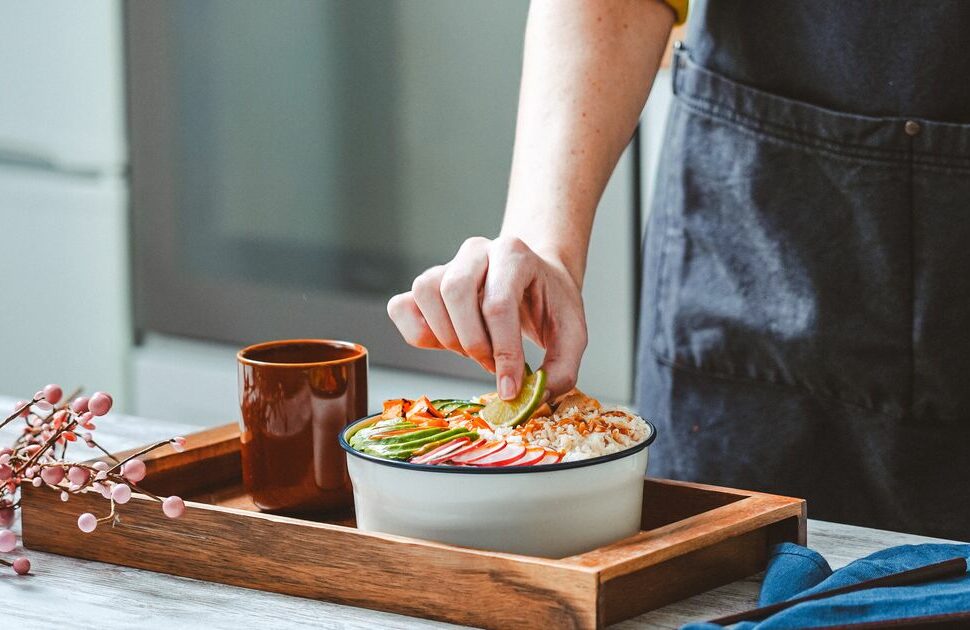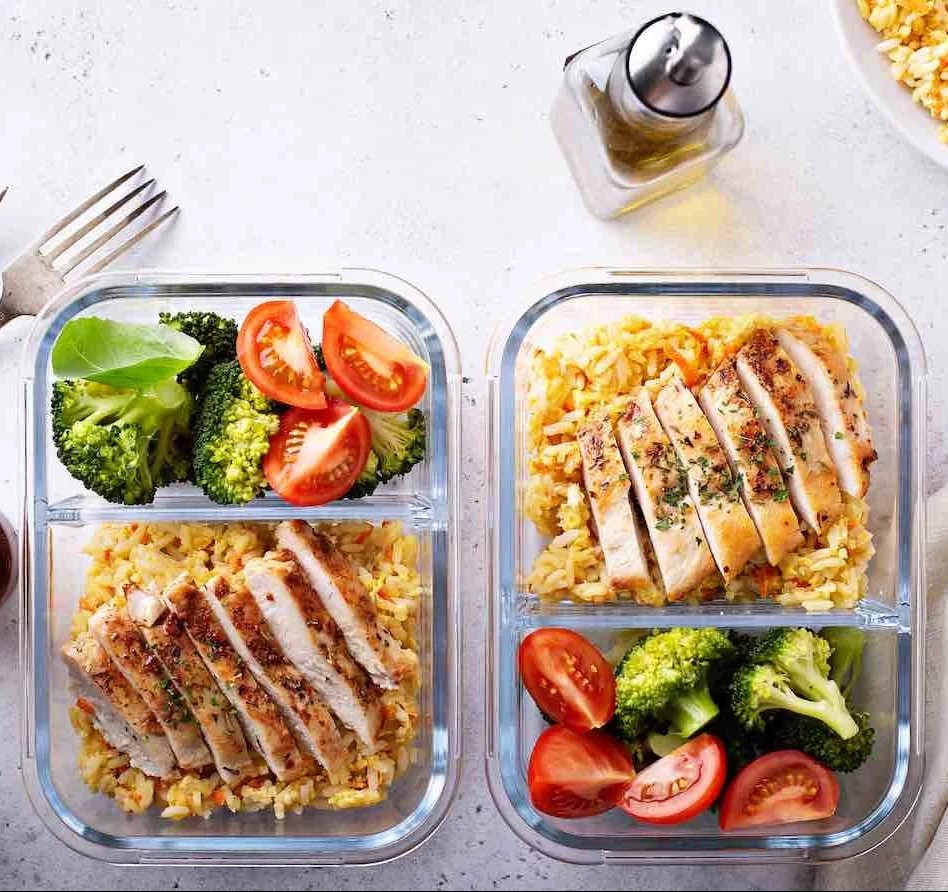A Guide to The Chinese Dragon Boat Festival

Lip-smacking festival fayre we’d gladly push the boat out for.
Majestic, colourful, dragon-headed crafts charging down the waterways of China, Hong Kong, Macau and beyond in late spring / early summer symbolise a 2,000-year-old, three-day folk festival of good fortune and health. The Chinese Dragon Boat Festival, also known as Duanwu, brings fun and an abundance of food for families across Eastern Asia and around the world, who gather at home and along the river banks to socialise and feast on delicious traditional treats.
What are the origins of the Dragon Boat Festival?
The festival is a traditional Chinese holiday held on the fifth day of the fifth month of the Chinese calendar and is sometimes known as the “Double Fifth” festival. The date falls in May or June in the Gregorian calendar, but significantly, the fifth lunar month in China is considered especially unlucky, a time when people believed there were more illnesses and natural disasters abound to blight their good health and fortune. In fact, the time of year coincides with China’s annual flood season and midsummer, when insects and bacteria breed fastest, so infections were common at this time, especially with poor sanitation and contaminated waterways. The floods would also blight the crops, adding to the fifth month’s bad reputation.
There are many theories as to the significance of the dragon boats – do they represent evil, the promise of prosperity, there are many traditional tales where water and the number five bring peril, while food and frivolity is an opportunity to celebrate the overcoming of this doom – despite being on the unluckiest of dates.
The menace of the dragon
One ancient tale, dating back to before the Qin Dynasty, tells of five venomous creatures; a snake, centipede, toad, lizard and scorpion; emerging on the fifth day of the fifth month, to bring sickness and bad fortune. People would stick needles in pictures of the creatures or wrap images of them around their wrists to ward them off and parents would give their children bracelets of five colours of silk thread. From these symbols, bigger ceremonies and celebrations emerged, centred on the theme of chasing away disease and bad luck and then feasting to celebrate.

Why Dragon boats?
Another tale tells of the death of Chinese poet and minister Qu Yuan in 278BC. He was exiled for openly opposing the Emperor’s alliance with the Qin State. After 28 years, the capital was captured by Qin and in despair, Qu Yuan drowned himself in the Miluo River. Yuan’s supporters raced out in boats to save him – or at least salvage his body. When he couldn’t be found, they dropped sticky balls of rice into the river for the fish and other river monsters to eat rather than his body. This is said to be the origins of the festival’s signature dish, zongzi, while present-day dragon boat races are said to recreate this frantic race through the water to recover their tragic hero.
What about Wu?
In the former territory of the Kingdom of Wu, the Chinese Dragon Boat Festival celebrated premier Wu Zixu. Xi Shi was a beautiful woman sent by King Goujian of the state of Yue, who was adored by Wu’s King Fuchai. Wu Zixu warned his king that her arrival was a trap, but Goujian became angry and forced Zixu to commit suicide. His body was thrown into the river on the fifth of the fifth and his plight is also marked by the Dragon Boat Festival, where people bang on drums to scare river monsters away from the body.
And Cao E?
Elsewhere in China, people celebrate the memory of young girl Cao E. Her father, Cao Xu, was a shaman who, in 143, while presiding over a Dragon Boat ceremony to commemorate the story of Wu Zixu, fell into the Shun River. Cao E spent three days searching the water for her father, but sadly, both bodies were retrieved five days later. The river was renamed the Cao’e in tribute to her.
What’s the real story?
The themes of heroism, the warding off of evil spirits, the peril of the waterways and the joy of communal dining underpin all theories about the origins of the Dragon Boat Festival. The uniting of these customs, including the zongzi rice balls and Chinese dragon worship, dropping food into the water as an offering and banging drums to ward off any threat, all play a part in the customs of today.
But while the festival’s origins are deeply rooted tales from a tapestry of Eastern Asian cultures dating back over 2,000 years, the Dragon Boat Festival wasn’t formally recognised as a public holiday by the government of the People’s Republic of China until 2008, when the occasion was acknowledged by UNESCO’s cultural heritage list.
Enduring customs
The role of zongzi rice dumplings runs through many versions of the story of the Dragon Boat Festival, through Chinese communities across South East Asia – including Singapore and Malaysia, while festivals like Korea’s Dano, Japan’s Children’s Day and Vietnam’s Tat Doan Ngo have adopted similar customs. And today, the festival has three core elements – the preparation and eating of zongzi, the drinking of realgar wine also known as Xionghuang wine and of course, racing dragon boats.
Rice of the zongzi
The preparation of zongzi is a communal activity that remains the most popular Dragon Boat Festival food. These sticky rice dumplings are filled with a variety of flavours, but are usually a combination of meats, beans, seeds and chestnuts. They’re then wrapped into a triangle or pyramid shape within bamboo or reed leaves. The leaves infuse a distinctive flavour into the food.
Zongzi can be sweet, savoury or a mix of the two. Sweet fillings include dates, rose, melon and red bean, while savoury dumplings might contain pork fat, sausage, dried shrimp or ham. Different regions have their own take on this staple snack, such as Cantonese zongzi, which are large and stuffed with walnuts or roast chicken. The Fujian style favours roast pork steeped in spicy condiments, or soda, with honey and syrup.
Ningbo zongzi are quadrangle-shaped and wrapped in yellow reed leaves, while sweet tea zongzi stews the glutinous rice in the beverage to give a bright colour, soft texture and sweetness popular in the Zhejiang Province. In the Guangxi region, zongzi is formed into a giant pillow weighing over half a kilo, while the Guilin region is famed for its dog head-shaped dumplings!

Five-themed Festival fayre
Other foods enjoyed at the festival often have a connection to the number five. In the Guangdong and Hong Kong regions, they make Congee, a rice porridge, with five different beans. Mianshanzi is a curious and colourful wheat dish, carefully arranged into the shape of a fan with, you’ve guessed it, five layers. Jiandui are fried cakes of wheat or rice flour sweetened as a Dragon Boat treat. China’s Wuhan region embraces the water with a feast of eel. Other customary Dragon Festival fayre includes thin pancakes rolled with shredded meat and vegetables and eggs boiled with tea or steamed with garlic in a combination thought to bring great health benefits.
Wash down with poisonous wine
Realgar wine, or Xiang Huang, is popularly consumed at the festival. This potent beverage is made from Chinese yellow wine, combined with fermented cereals and powdered realgar. Realgar is in fact an arsenic poison, which historically doubled as a pesticide against biting insects and an antidote to disease in ancient Asia. Such is its potency, it’s also used as a disinfectant spray to cleans the corners of a room from evil spirits, while Elders would dab it on children’s foreheads and spread to their ears, noses, hands and feet to ward off harm and disease.
Other customs in the home include hanging mugwort leaves and aquatic plant calamus from door frames. Their pleasant smell deters flies and mosquitoes, discouraging disease, and bringing good luck to the family. Children are also given colourful silk pouches filled with perfumes or herbal medicines to hang around their necks to protect them from evil.
How to make zongzi
Zongzi recipes are passed down through families, and their compact form and versatility make them a great snack for sharing at a festival.
How to make glutinous rice and pork zongzi
Equipment
- Sieve or strainer
- Saucepan
Ingredients
- Bamboo leaves for wrapping
- Lengths of straw for binding
- Streaky pork
- Glutinous rice, for example Tilda sticky jasmine rice
- Soy sauce
Method
- Cut the pork into small pieces and leave to marinate in the soy sauce and salt overnight.
- Soak the straw in water to soften.
- Thoroughly rinse the rice and flavour with salt and soy sauce.
- Wash and then boil the bamboo leaves for a few minutes until soft.
- Take two or three bamboo leaves, fold into a cone shape and fill with uncooked rice.
- Top with a piece of streaky pork.
- Wrap the tips of the leaves over to create a pyramid shape.
- Bind the zongzi with a length of the soaked straw.
- Place extra bamboo leaves in a pot, top with the wrapped zongzi and steam or boil for three-to-four hours.





